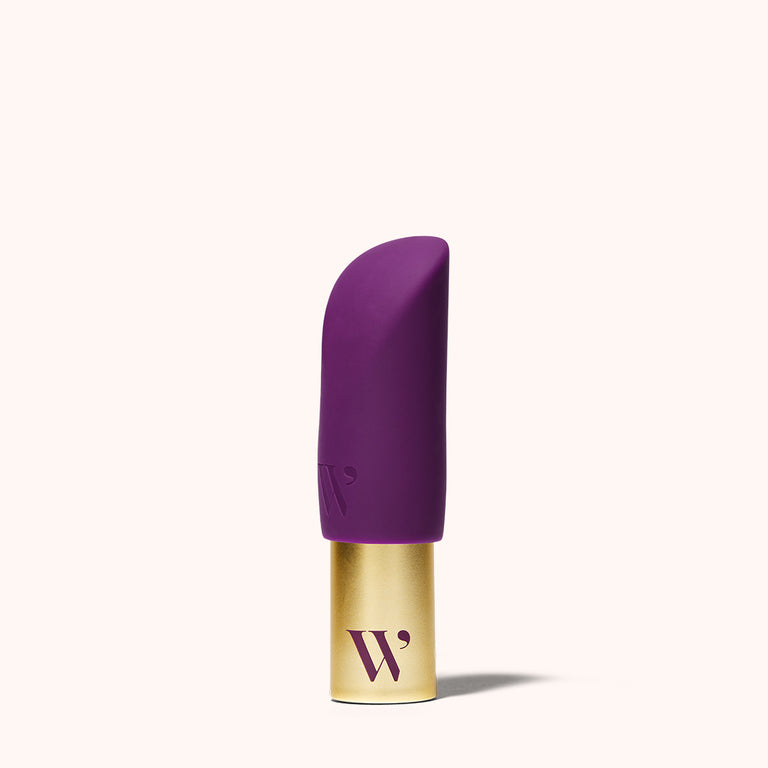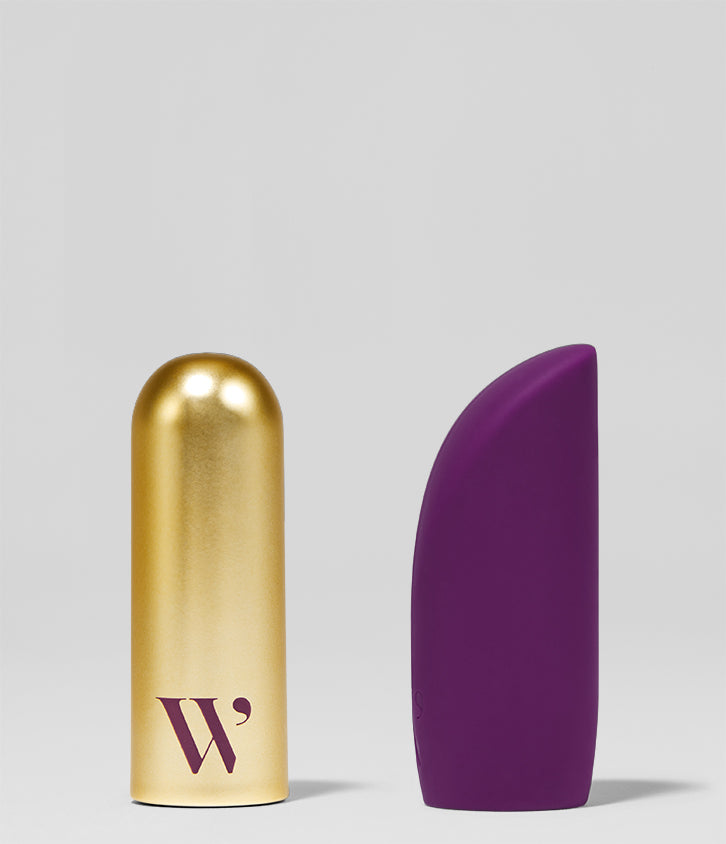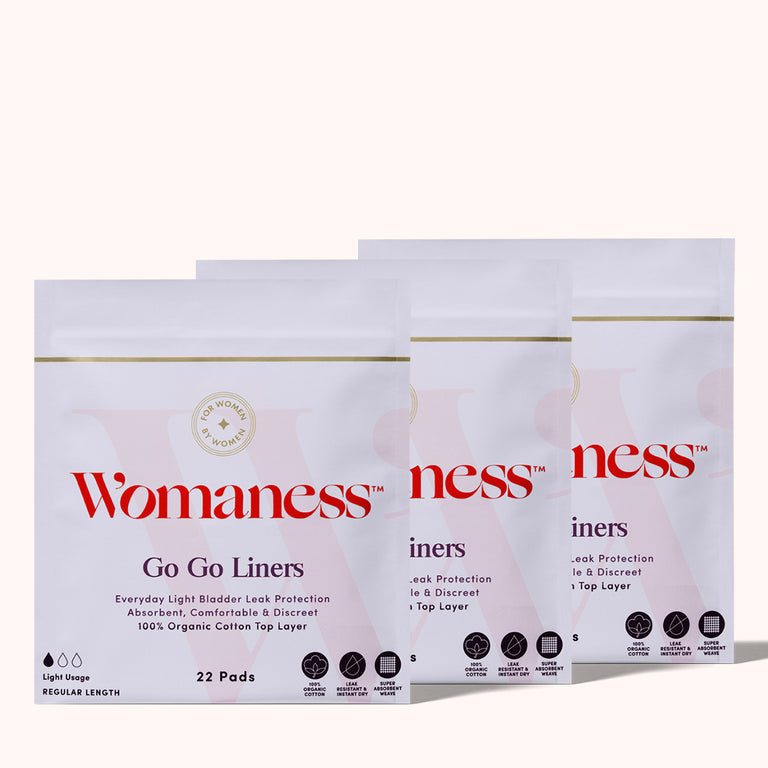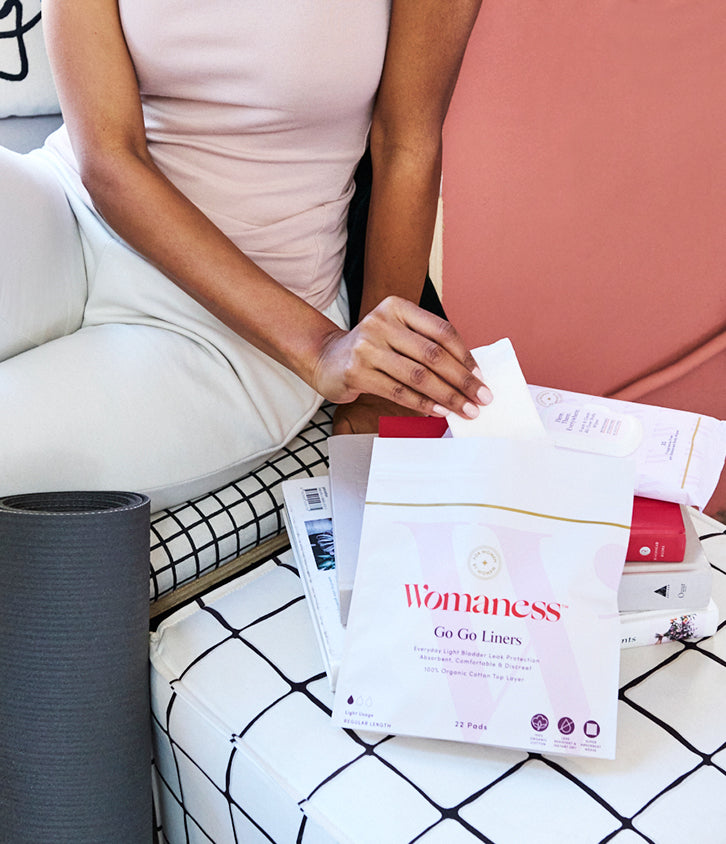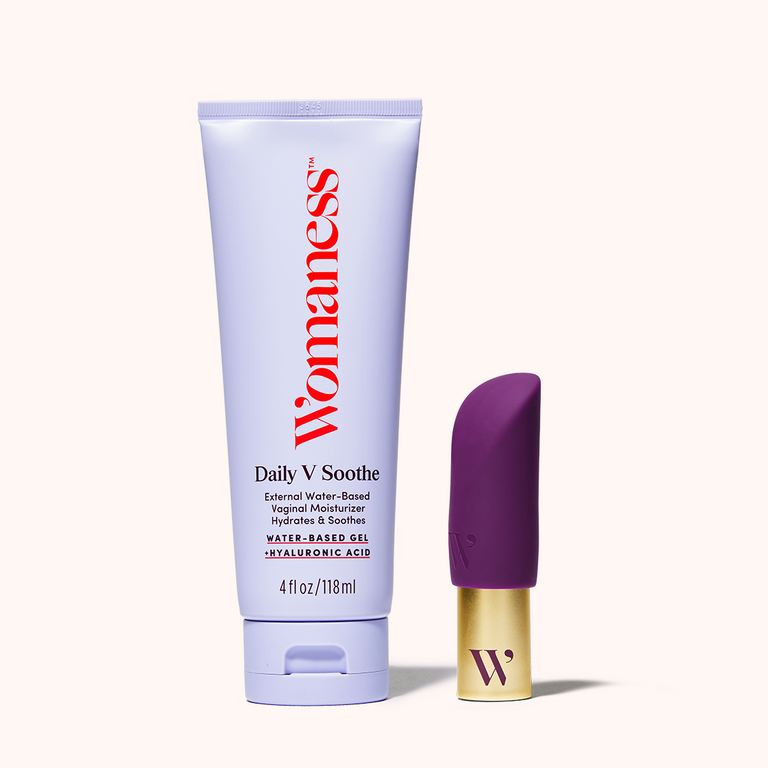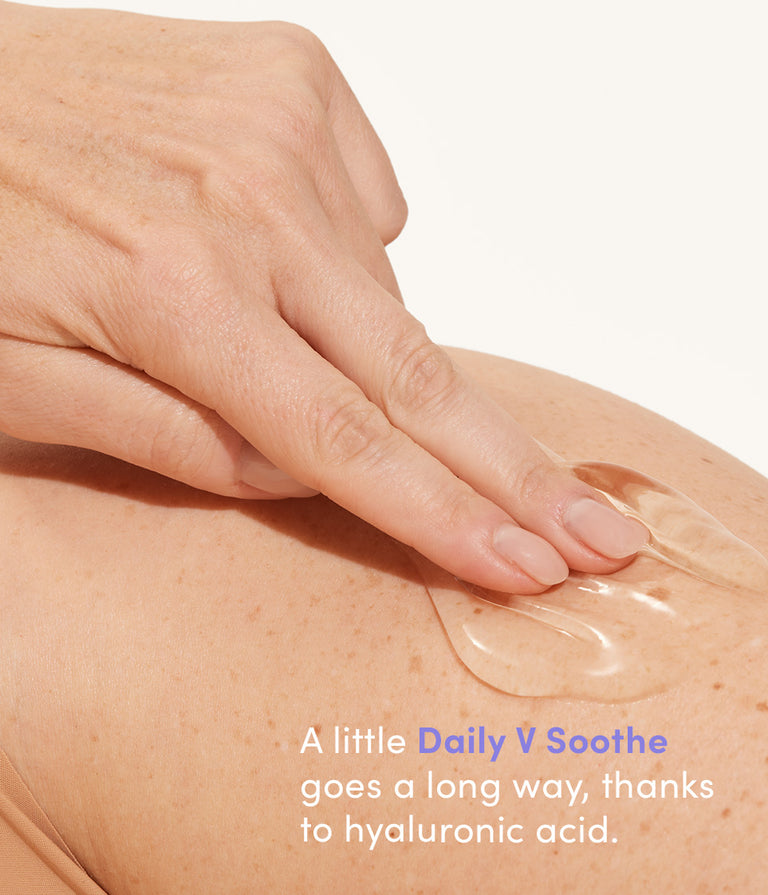By Dr. Laura Meihofer 7-Minute Read
Think of Dr. Laura Meihofer as the pied piper of pelvic health. She's amassed a massive following thanks to her warm, accessible approach to this often-neglected part of a woman’s body. Trained at Mayo Clinic and founder of the @clitoriscollective, she has been a specialist for nearly ten years, teaching women how to strengthen their pelvic floors to treat incontinence, increase sexual pleasure, and feel unstoppable in general. So what exactly is the pelvic floor and how can it help us during menopause? Read on for an informative session with this powerhouse physical therapist.
First things first: What exactly is the pelvic floor and what does it do?
Glad you asked because it is often an area that is completely forgotten about. The pelvic floor is a glorious group of 26 muscles. No matter what genitalia you were born with, everyone has them. They attach behind the front of the pubic bone—that bone that's in the bottom part of your abdomen—and then they run like a sling or a hammock and attach into the tailbone and sacrum, closing out the entire bottom part of the pelvis. When people think about these muscles, they most commonly think about childbirth and the effect that childbirth had, but those muscles deal with a lot of other things, too. The pelvic floor helps give stability to our back and hips. It also deals with bladder and bowel continence and sexual appreciation, which is one of everyone's favorite functions. It helps to support all of our pelvic organs and it also plays a part with circulation for our lymph.
What are the common causes of pelvic pain and what conditions can benefit from pelvic floor therapy?
Because the pelvic floor has to be able to contract and relax, it often can get confused. So when you ask about pelvic pain in particular, most commonly what I see is that individuals' pelvic floor muscles are very tight and held. Kind of like if you were to squeeze your hand really tight, you can see all of the blood flow that's not going to your knuckles. That is what can cause that pelvic pain. Why would someone seek out a physical therapist like me? That really comes down to if you have dysfunctions in any one of those domains or categories that I explained. Often, people will reach out on social media and say, “Laura, I'm having pain with intercourse,” or “I'm peeing my pants when I jump or hike,” or “I have back pain that doesn't seem to go away.” Those are issues where you need to come see a physical therapist because we can work on making those muscles more functional and better at doing their jobs.
Let’s talk about kegels. How many, how often, and frankly, are we just wasting our time?
I love this question and get it quite often. "Kegels" is basically another word for pelvic floor strengthening. When I see people who think they're kegeling or tightening their pelvic floor correctly, they're most often doing it incorrectly. Here’s the proper way: Sit nice and evenly on your seat. Think about tightening your pelvic floor as if you are trying to stop the flow of urine and then release that. What you should feel when that happens is a lifting of your pelvic floor. There’s another way too: Tighten as if you're trying not to pass gas and then relax. We're working the same muscles, but we're just giving you a different cue to do them.
To answer the question of wasting your time, if you are just doing a "tighten and a hold, hold, hold, and a relax," you are only working half the muscles. So you are kind of wasting your time. The other type of strengthening or tightening you should do is known as quick contractions. That's where you tighten, relax, tighten, relax, tighten, relax. Tighten like you're stopping the flow of urine. Now, let it go. Tighten, let it go. Tighten, let it go. Tighten, let it go. This is a contraction that we usually experience through orgasm and when we cough, sneeze, or laugh. To truly train those pelvic floor muscles, you should be doing both types of contractions. Shoot for around 30 repetitions of each, because that's what research shows really helps us gain and then maintain the benefits.
The other advice is actually a little plug for Womaness’s Gold Vibes. What I love about this vibrator is you can place it inside the vaginal canal, work on squeezing around it and then it gives you some feedback. So if you are having difficulty feeling the lift, you can use a vibrator in the vaginal canal as feedback to sense if you're doing it correctly. When you turn on the vibrator, it will help to facilitate muscle contraction.
How many times a day should we be doing kegels?
Do 30 quick contractions in 10-second and 10-repetition increments and do 30 sustained holds, holding up to 10 seconds. You only need to do it one time a day. It will really, really help. But if you still are struggling with it, make sure you reach out to a pelvic floor PT.
Let’s talk about the pelvic floor and vaginal dryness—something very common in menopause.
It's really important to note that the perimenopause period can come on very slowly. It could be something that someone has been experiencing for 10 years. Many times people think it's just a switch that is flipped. What I'm finding as a pelvic floor physical therapist is that we really have to educate people to start using vaginal moisturizer in their 30s and not wait until we're in perimenopause or menopause. The nice thing about a water-based vaginal moisturizer is you can use it not only for moisture, but you can also use it for lubrication. And I often use my vulva puppet to teach people how to apply lubricant. When we separate our labia, the area within the labia minora is known as the vestibule. So when you are putting on vaginal moisturizer or even lubricant for sexual activity, you want to make sure you're getting it within that vestibule and also slightly into the vagina. I always tell people, if you look at your knuckles, you should place that first knuckle within the vagina, then on the ridge of the vagina, and then the rest within that labia minora. That's what's going to allow you to really get the benefits of the moisture you've applied.
“As a pelvic floor physical therapist, we really have to educate people to start using vaginal moisturizer in their 30s and not wait until we're in perimenopause or menopause.”
—Dr. Laura Meihofer
How do you suggest preventing leakage during high-intensity workouts?
It is important to focus on what you are doing with your breathing. Often when you are jumping, running, or squatting, you will breathe and hold. But when you do that, it increases the pressure in the abdomen and causes leaking through the urethra. However, if you exhale as you jump or lift something heavy, that's going to control the pressure and better allow your pelvic floor muscles to tighten and close that urethra.
What are some of your favorite stretches for the pelvic floor?
I love yoga stretches. I particularly love Child's Pose and Happy Baby Pose, which I often modify by having someone place their legs up on an ottoman so they can be nicely supported and relaxed. These two postures really allow for the pelvic floor muscles to relax and have range of motion. And when we have range of motion, we can have stronger muscles—which means we can have better control with our continence, stronger orgasms, and better support through our back. I suggest doing those two times a day, holding each one for 90 seconds. And if you're at all confused about how to get into those poses or modify them, I have videos on my YouTube channel because everyone's body is different.
More Wellness Stories
What’s Happening Here: Hot Flashes
Ingredient Spotlight: Coconut Oil
Surprising Symptoms, Real Solutions


